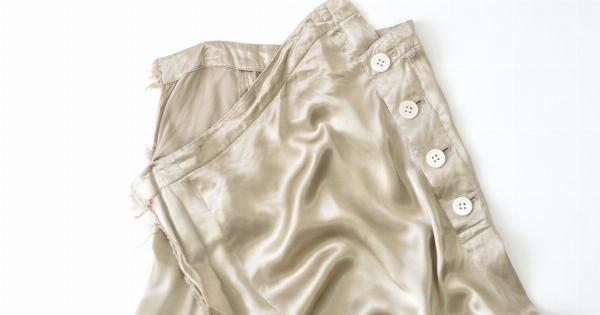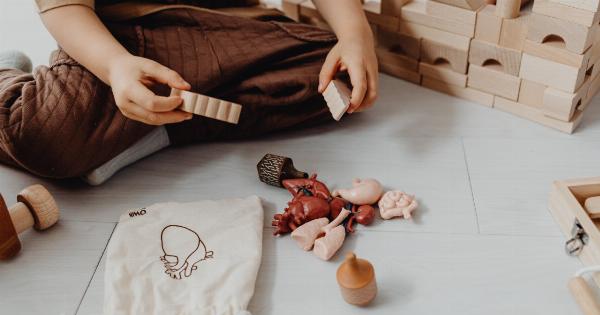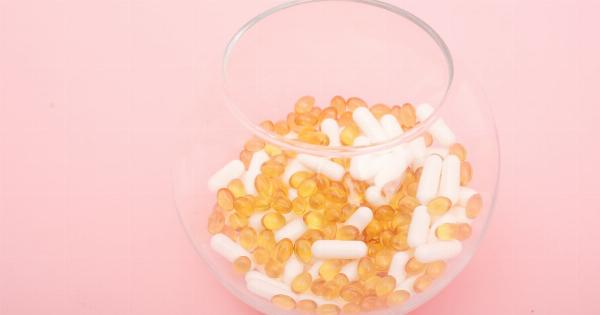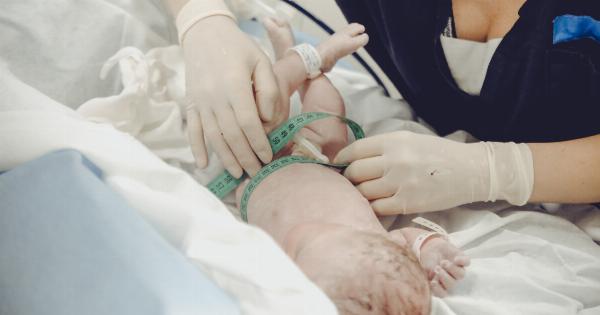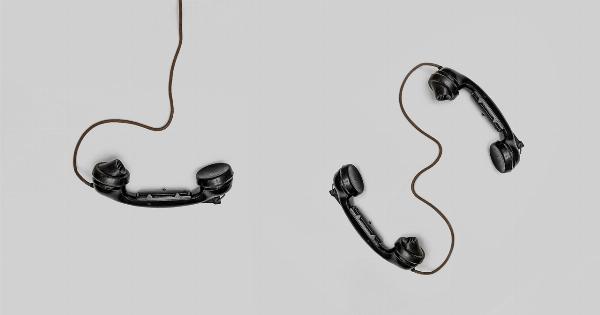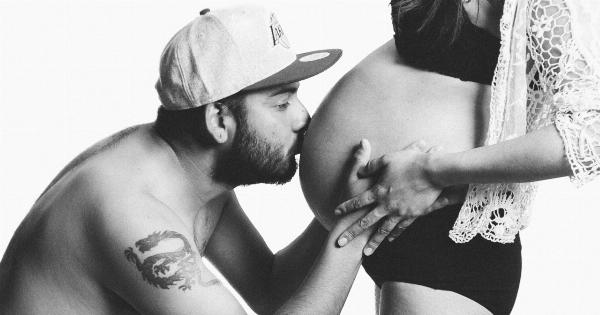Welcoming a new baby into the world is an exciting and joyous time for parents.
As you navigate through the early stages of parenthood, you may come across various aspects of newborn care that require special attention, including the umbilical cord stump. The umbilical cord serves as the lifeline between a mother and her baby during pregnancy, but after birth, it becomes a delicate area that needs proper care and attention.
In this article, we will discuss everything you need to know about caring for your baby’s umbilical cord stump.
Understanding the umbilical cord stump
Before we dive into the details of caring for the umbilical cord stump, it’s important to have a basic understanding of what it is.
The umbilical cord is a flexible tube-like structure that connects the baby to the placenta in the mother’s womb. It contains blood vessels that supply oxygen and nutrients to the growing fetus. After birth, the cord is clamped and cut, leaving behind a small stump that requires some special care until it naturally falls off.
Keeping the stump clean and dry
One of the most crucial aspects of caring for your baby’s umbilical cord stump is keeping it clean and dry. To do so, follow these simple steps:.
1. Wash your hands thoroughly before touching the stump.
2. Use a clean, warm, damp cloth to gently clean around the base of the stump. Avoid rubbing or scrubbing.
3. Pat the area dry with a clean towel or allow it to air dry.
4. Keep the diaper folded below the stump to avoid urine or feces from coming into contact with it.
Avoiding certain products and practices
When caring for your baby’s umbilical cord stump, there are a few products and practices that should be avoided:.
1. Alcohol: Contrary to popular belief, alcohol is not recommended for cleaning the stump as it may delay the healing process.
2. Antibacterial ointments: While they may seem like a good idea, these ointments can actually prolong the healing time and cause skin irritation.
3. Taping or covering the stump: Allow the stump to be exposed to air as this helps in drying it out and promoting natural healing.
4. Submerging the stump in water: Until the stump falls off, it’s best to avoid giving your baby a full bath. Sponge bathing is a safer alternative for keeping your baby clean.
Signs of infection to watch out for
While most umbilical cord stumps heal without any complications, it’s important to be aware of signs of infection. Contact your healthcare provider if you notice any of the following:.
1. Foul odor: If you detect a strong, unpleasant smell coming from the stump, it could indicate an infection.
2. Persistent bleeding: While a little bit of bleeding or spotting may be normal, consistent bleeding or oozing should be evaluated.
3. Redness and swelling: If the skin surrounding the stump becomes progressively red, swollen, or warm to the touch, it may be a sign of infection.
4. Pus or discharge: Yellow or greenish discharge from the stump may indicate an infection, especially if it is accompanied by other symptoms.
When to seek medical help
In most cases, caring for your baby’s umbilical cord stump can be done at home. However, there are certain situations where it’s important to seek medical help:.
1. If the stump hasn’t fallen off after three weeks, it’s important to consult your healthcare provider.
2. If your baby shows signs of infection, as mentioned earlier, contact your healthcare provider promptly.
3. If you notice a new opening or hole in or near the stump, it could be an umbilical granuloma and should be examined by a healthcare professional.
Promoting a healthy healing process
There are a few things you can do to help facilitate the healing process of your baby’s umbilical cord stump:.
1. Let it be: Avoid unnecessary touching or pulling of the stump, as this can delay healing and increase the risk of infection.
2. Dress your baby in loose-fitting clothing: Tight clothing may rub against the stump and cause irritation.
3. Keep the area exposed to air: Allow the stump to be exposed to air whenever possible, as this helps in drying it out and promoting healing.
4. Monitor diaper placement: Ensure that the diaper doesn’t cover or rub against the stump, as this can cause irritation or infection.
When the stump falls off
Typically, the umbilical cord stump falls off within two to three weeks after birth. You may notice a small amount of blood or clear fluid on your baby’s belly button as the stump detaches. This is normal and no cause for concern.
It’s important to continue practicing good hygiene even after the stump falls off to prevent any residual infection.
Conclusion
Caring for your baby’s umbilical cord stump is a simple yet essential part of newborn care.
By keeping the stump clean and dry, avoiding certain products and practices, and being aware of signs of infection, you can ensure the healing process is smooth and uneventful. Remember, if you have any concerns or questions, don’t hesitate to reach out to your healthcare provider. Before you know it, your baby’s belly button will be a little reminder of their journey into the world.

